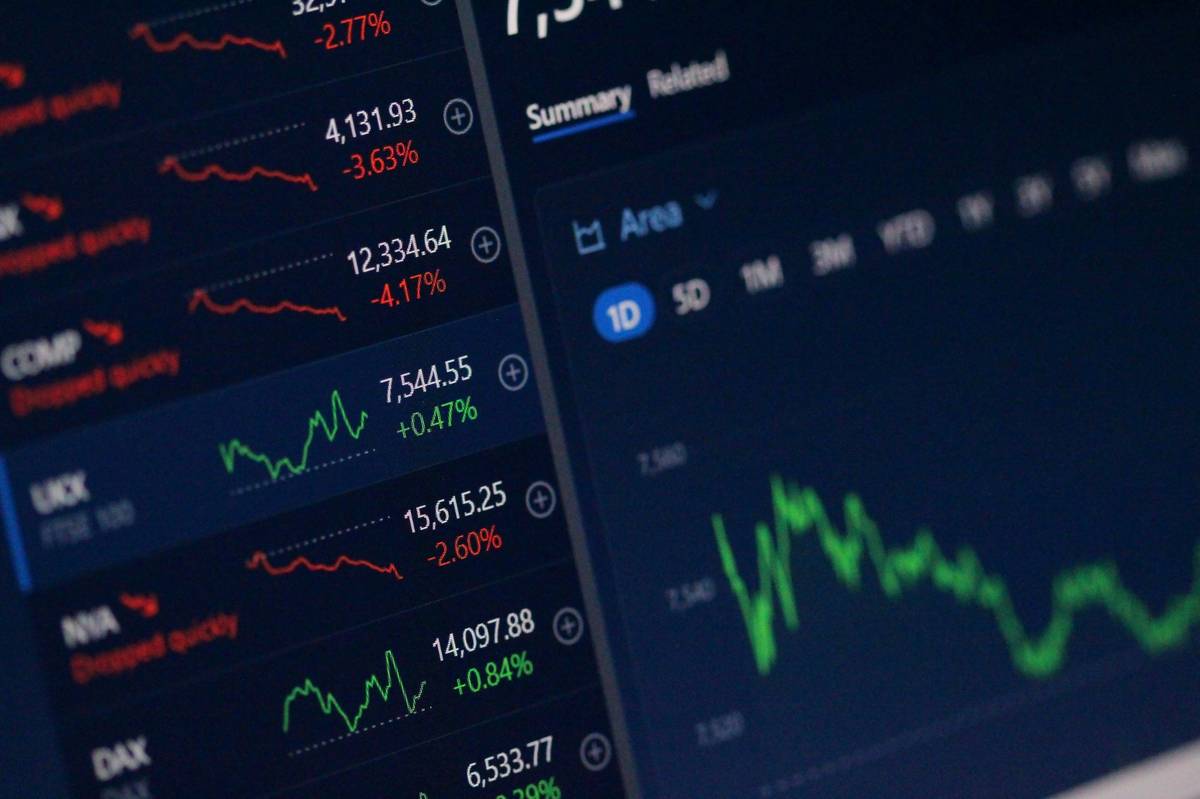When Indian government bonds officially stepped into the spotlight in June 2024 as part of JP Morgan’s GBI-EM index, it felt like a watershed moment in global markets. The indexing giant set a clear roadmap: India’s local debt would be blended into global benchmarks over ten months, reaching a target weight of 10 percent by March 2025. That phased inclusion a 1 percent increase per month represents more than just arithmetic. It signals a structural shift in how foreign capital flows toward emerging markets. As Bloomberg brings its own index inclusion in 2025 and 2026 looms with methodology tweaks, the ripple effects on the rupee, yields, and allocations could reshape the landscape of EM debt.
Before inclusion began, India had already prepared the domestic plumbing. The officially eligible “Fully Accessible Route” (FAR) bonds, free from foreign investment caps, were earmarked for inclusion, leaving out instruments subject to tighter controls. At launch, 23 eligible government securities representing some USD 330 billion in notional entered the GBI-EM fold. Each month, India’s position was bumped up by 1 percent until the full 10 percent allocation would be achieved. That measured pace aimed to avoid market shocks while giving passive index funds time to adjust. As passive flows assembled behind the scenes, active investors also began prepositioning in anticipation.
That index path has already begun turning capital flows into a different rhythm. Early projections had put passive inflows somewhere between USD 20–25 billion over the inclusion window. As June’s debut rolled out, India saw monthly inflows of around USD 2 billion from index-tracking funds, with total global investor interest crossing into double-digit billions. But it hasn’t been all smooth sailing. Currency volatility, global rate swings, and shifting sentiment have introduced moments of pushback. Still, the rupee has at times shown resilience, absorbing capital from bond flows while attempting to mitigate downside pressure.
On the yield front, the inclusion has pushed yields modestly lower. Foreign demand has stretched the slope, especially in more liquid tenors. It has also strengthened investor conviction that India can borrow at a premium compared with peers without triggering runaway funding costs. In short, government borrowing has grown more sustainable even in a world of hawkish central banks. For EM allocations more broadly, India’s growing share means a rebalancing across benchmarks: Thailand, Poland, and the Czech Republic are among those whose weight must shrink to make way within fixed index caps. The result: Asia’s weight in GBI-EM may stretch even more toward half the index.
Bloomberg’s own inclusion plan, launching January 2025, adds another layer to the story. Its method allocates India FAR bonds to its local-currency EM indices over ten months, starting with an initial 10 percent of full market value and increasing month by month until full inclusion by late 2025. Once fully integrated, India could rank among the top three currency-weight contributions in that index. Under Bloomberg’s 10 percent country cap constraints, India’s bonds will finally stand on equal footing with other major EMs. The added demand pressure from two major index providers has caught the attention of active managers too, heightening the potential for incremental flows beyond the passive baseline.
Looking toward 2026, certain methodology tweaks may further reshape allocations. Index managers may revisit country cap ceilings, reconsider regional diversity constraints, or adjust rebalancing frequency. If India’s inclusion proves highly impactful and stable, rules might evolve to allow for a higher cap or differentiated weighting for fast-growing markets. That would boost India’s footprint and could cause fresh reallocation rounds across EM peers. Markets will watch closely for commentary from index committees, as even subtle signal changes may trigger positioning shifts among funds. At its core, India’s inclusion is more than a symbolic milestone. It’s a tectonic reallocation under way one that strengthens the rupee, nudges yields tighter, and forces new balances across emerging markets. The real test will come in 2025 and 2026, when global factors like U.S. rates, China’s soft spots, and liquidity cycles intersect with flows. But for now, India’s domestic bond market has earned an upgrade and the world is formally taking notice.









